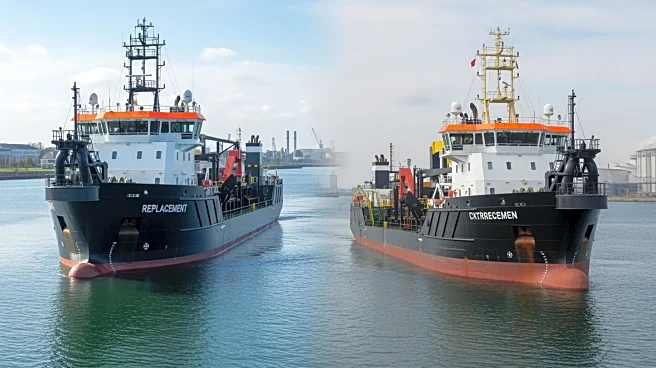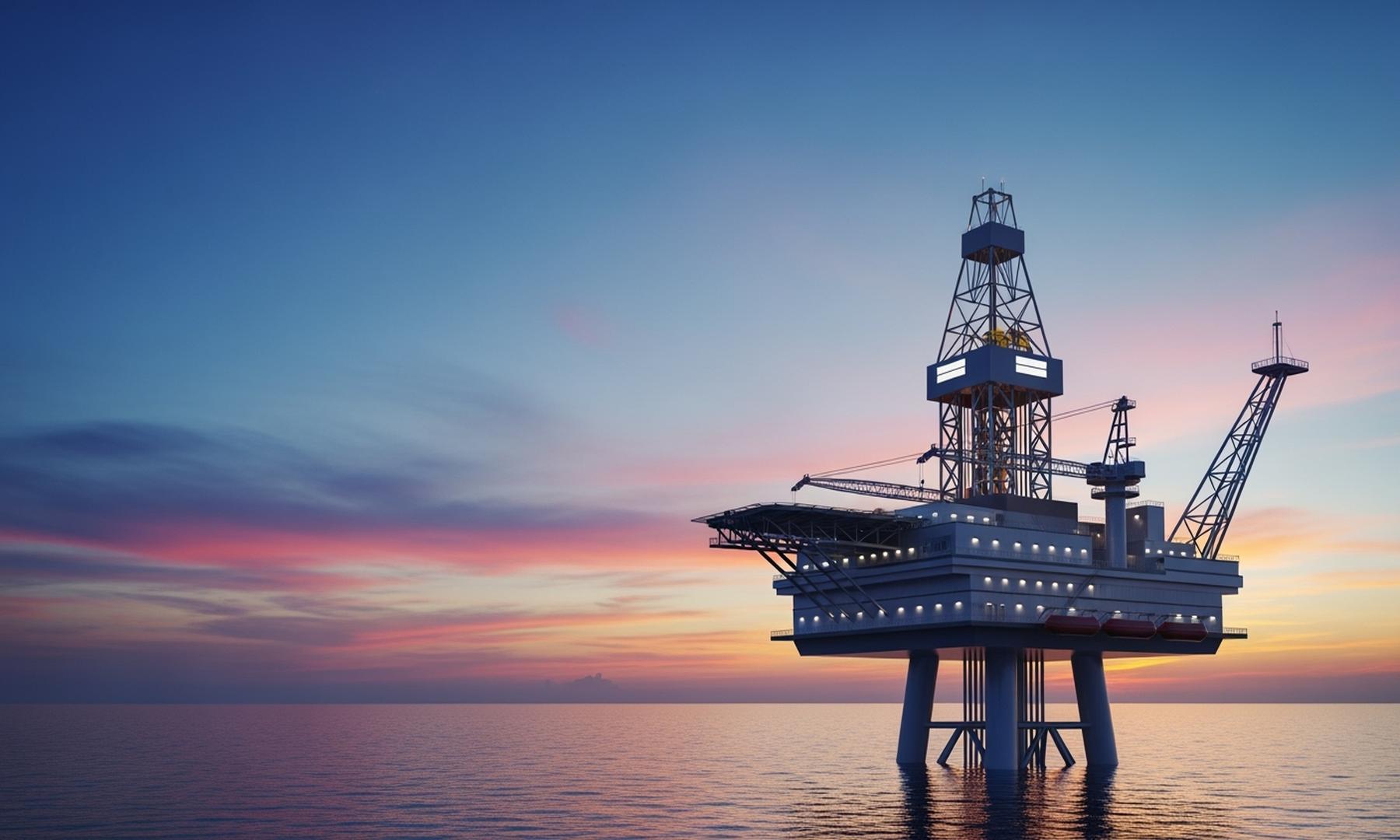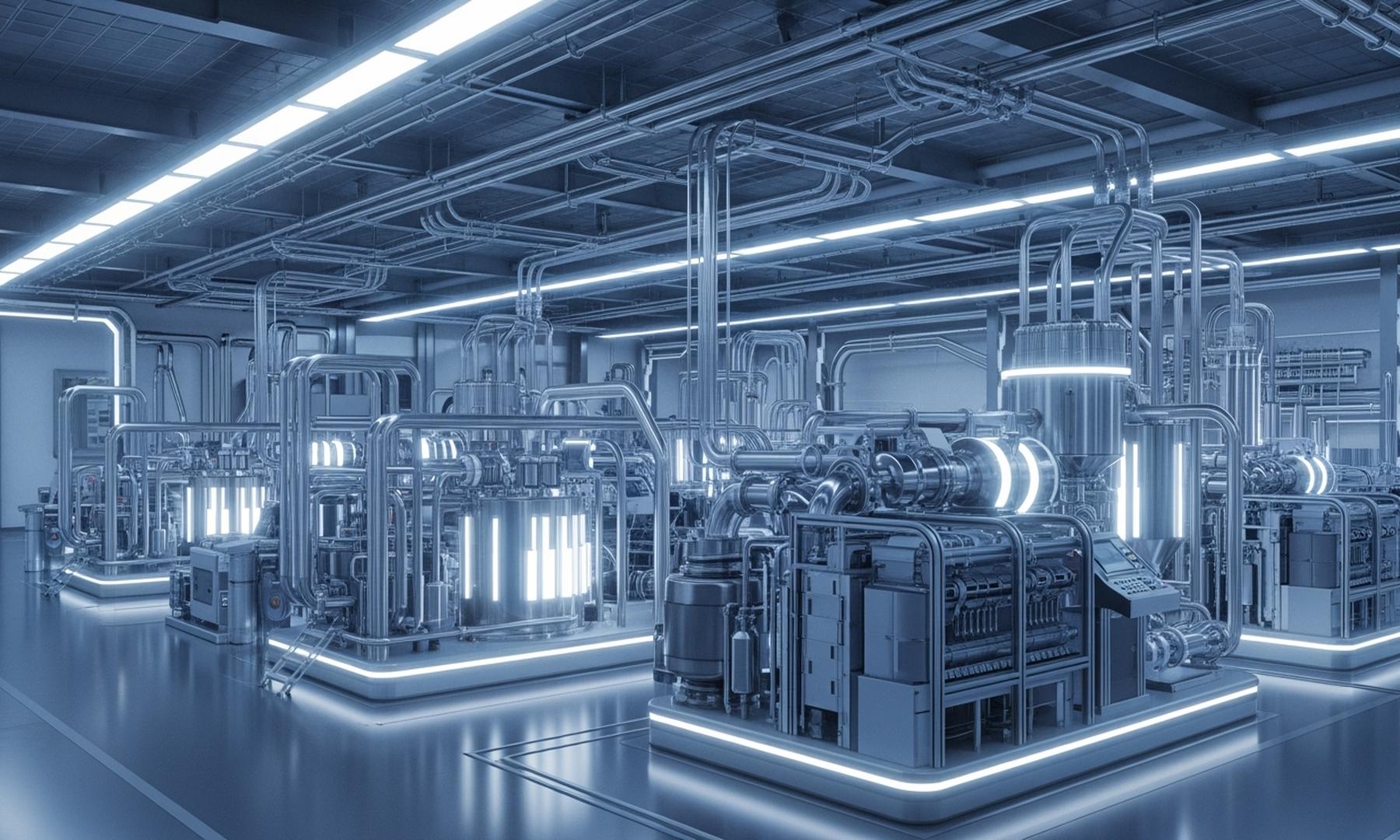What's Happening?
The dredging industry is experiencing growth, with market projections rising from $8.9 billion to $9.3 billion by 2026. Industry operators are faced with the decision to invest in new equipment or retrofit
existing assets. Replacement offers advantages such as improved efficiency and compliance with environmental standards, while retrofitting provides cost-effective modernization options. The choice between these strategies is influenced by factors like technological relevance, structural integrity, and regulatory demands.
Why It's Important?
The decision between replacement and retrofit in the dredging industry has significant implications for operational efficiency and environmental sustainability. New equipment can enhance productivity and meet stringent regulations, while retrofitting allows for incremental modernization without the high costs of new builds. This strategic choice affects the industry's ability to adapt to changing market conditions and environmental responsibilities. As the industry expands, finding the optimal balance between these approaches will be crucial for maintaining competitiveness and achieving long-term goals.











